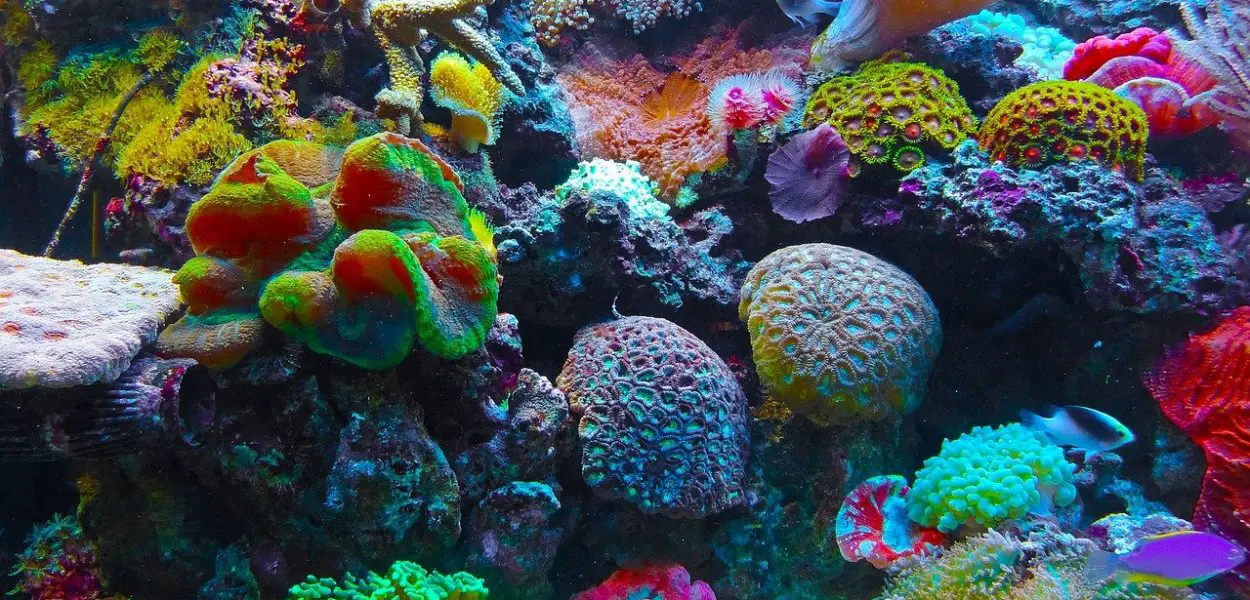The Little Ice Age: Definition, History, Causes, and Ending of the Ice Age
Earth has experienced at least five Ice Ages: the Huronian, the Cryogenian, the Andean-Saharan, the Karoo, and the Quaternary. The latest of these is the Quaternary Ice Age, which began 2.6 million years ago and is still ongoing. That might sound off given that the popular conception of an ice age is of a world blanketed in snow and roaming with wooly mammoths, but the scientific definition only requires that a substantial ice sheet be present on the Earth’s surface, and Antarctica fits the bill. While their causes vary, ice ages are typified by periods of sustained global cooling and glacial expansion. Going by this, the Little Ice Age qualifies, though it is also an ice age within an ice age, making it a sort of matryoshka doll climate event. The Little Ice Age is not the only lesser ice age, though it is the best known as it occurred the most recently and within recorded history. After having touched on similarities, our next logical step is to examine what makes the Little Ice Age different.













